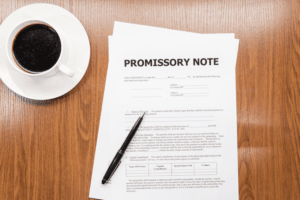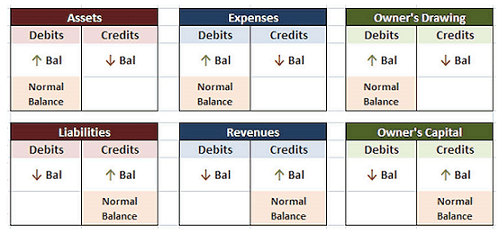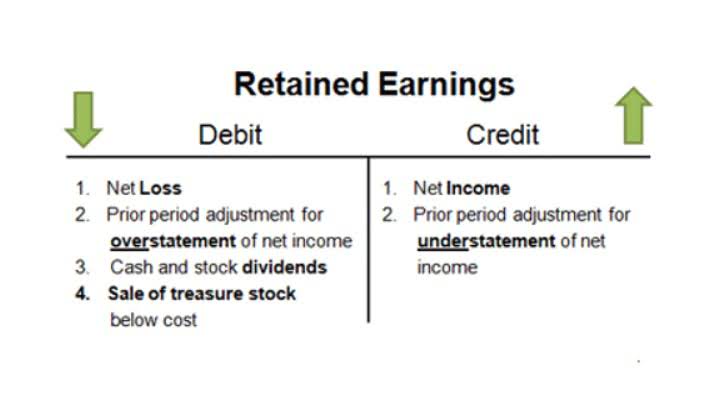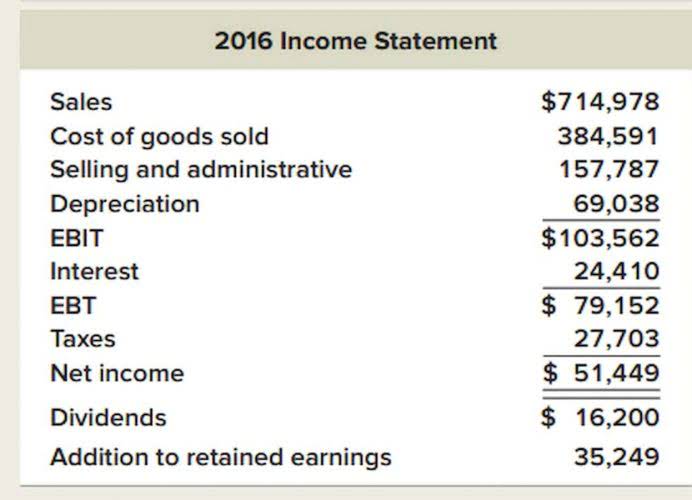However, there’s a foreign transaction fee, so this card won’t be a good option for businesses whose employees regularly make purchases while traveling abroad. Citi’s suite of business credit card options can be a great fit for businesses of all types, but especially for those looking to build business credit. Citi is one of only two major business credit card issuers that reports account data to all three major business credit bureaus and the SBFE.
Are there any tax-related benefits to putting your expenses on a business credit card?
A business credit card is like a personal credit card because it allows borrowers to spend with a predetermined credit limit at an annual percentage rate (APR). Most business cards are unsecured, and borrowers can be approved for one without proof of assets or collateral. There’s no single card that would be considered the “best” for every, single small business. Instead, it’s important to consider the type of rewards and selection of benefits that make the most sense for your company.
For newer companies or those recovering from past financial issues, credit-building cards or flexible-limit charge cards can be key. Motley Fool Money is a Motley Fool service that rates and reviews essential products for your everyday money matters. The Capital One Spark 1% Classic comes with Capital One business benefits, which include account management tools and integration with business software.
- Applying for a business card can affect your personal credit if you apply with your Social Security number, as this will result in an inquiry on your personal credit report.
- With its flexible rewards, businesses can also redeem them in many ways, including cash back, travel or covering previous travel purchases.
- And when you apply, many business credit cards will still pull your personal credit report.
- This compensation may impact how and where products appear on this site, including, for example, the order in which they appear within listing categories.
- You don’t need to have a big company, and typically don’t even need to be incorporated.
Read a full review of the Amex Blue Business Cash, apply for the Amex Blue Business Cash. Read a full review of the Amex Blue Business Plus, apply for the Amex Blue Business Plus. Read a full review of the Amex Business Platinum, apply for the Amex Business Platinum. Read a full review of the Amex Business Gold, apply for the Amex Business Gold. Read a full review of the Ink Business Premier, apply for the Ink Business Premier. Read a full review of the Ink Business Cash, apply for the Ink Business Cash.
If you’re running a one-person operation, don’t stress — you can apply using your Social Security Number (SSN) instead of an Employer Identification Number (EIN). The American Express Business Gold Card is best small business credit cards ideal for those with shifting spending patterns, but still want to earn generous returns. The Business Platinum Card from American Express’ welcome bonus is one of the most valuable offers available right now. Highlights shown here are provided by the issuer and have not been reviewed by CNBC Select’s editorial staff. Small business owners who regularly book flights on Alaska or Hawaiian Airlines. Check out our review of the Ink Business Preferred® Credit Card to learn more.
You can also receive an annual $100 credit for recurring software subscriptions such as FreshBooks or QuickBooks, which are great tools to help establish or maintain your business accounting. If you’re applying for your first business card and you don’t have strong credit (business or personal), you might have a difficult time qualifying for some of the best small-business credit cards on this list. Knowing your business credit score is the first step in choosing a credit card.
For a $95 annual fee, this card earns Chase Ultimate Rewards points that you can transfer to more than a dozen airline and hotel partners, including United, though you do miss out on the airline-specific perks. If your small business would be better off with a no annual fee, consider the Ink Business Unlimited® Credit Card. It features a lower cash back reward rate but also comes with a decent welcome bonus. You’ll earn transferable points on every purchase without worrying about bonus categories, all for a low annual fee. Cardmembers also receive flexible statement credits totalling over $2,500 annually, including more than $1,300 in travel value and $1,200 towards business services.
We strive to provide up-to-date information, but make no warranties regarding the accuracy of our information. FinanceBuzz does not provide credit cards or any other financial products. The credit card offers that appear on this site are from companies from which FinanceBuzz receives compensation such as banks or CardRatings.com.
- Using a business credit card can help organize expenses and make it easier to identify deductible items.
- In that case, you’ll weigh the cost of the annual fee against the rewards you’ll accrue.
- Card issuers understand that even startups need credit cards, and they may still have card options available to small businesses without revenue.
- Financial products are highly regulated so we work closely with partners to make sure the information we have on our site is accurate and includes any required legal language and disclaimers.
How many business cards can I have?
Businesses may be more likely to get a preapproval offer if they have a checking or savings account with the card issuer who may more easily gauge their credit worthiness. Your business’s credit score plays a significant role in securing future financing and is built through consistent, responsible credit use. Even when you can afford to pay for a purchase upfront, consider using your business credit card and then settling the bill promptly. This approach helps establish a positive payment history, which is beneficial for credit building.
His money-saving tips have appeared in the Washington Post, the Wall Street Journal, Consumer Reports, MarketWatch, Vice, People, the Zoe Report and elsewhere. This personal credit card is a great place to start for business owners who have poor (or no) credit history and lack the cash to make a sizeable security deposit. Having the best small business credit card can give you the best rates and the fewest fees. The no-annual-fee cards we recommended above have the potential to be great options for all types of businesses. If you didn’t find exactly what you’re looking for, instead consider the best business cards for startups, best business cards for sole proprietors or best business cards for LLCs. Many people could qualify for business cards without realizing it because they don’t see themselves as small-business owners.
Southwest® Rapid Rewards® Performance Business Credit Card
Business credit cards offer rewards on business spending and business-specific perks like credits for expense management software. Personal cards focus more on rewarding everyday spending and offer perks designed to enhance your everyday life. While it’s not illegal to use a personal credit card for your business, it’s never a good idea to mix finances. You want to have a clear demarcation between business and personal spending, because it could become difficult to separate finances and there could also be tax implications. The above are what I’d consider to be the most well-rounded business cards that give you a lot of flexibility, whether you’re looking for travel rewards or cash back.
However, you can earn up to $395 in statement credits on eligible purchases, which could make up for that hefty annual fee. If the card doesn’t charge an annual fee, there’s no harm in keeping the account open once the introductory 0% rate expires. In fact, closing the account could hurt your credit score by reducing the amount of credit you have available, which could increase your credit utilization. If the card charges a fee, however, or if you fear that the open credit line will tempt you to overspend, then closing it might be the best action. Getting preapproved for a business credit card may be less common than getting preapproved for a consumer card. However, reviewing the eligibility requirements of a card can help you determine how likely it is that you’ll receive approval.










